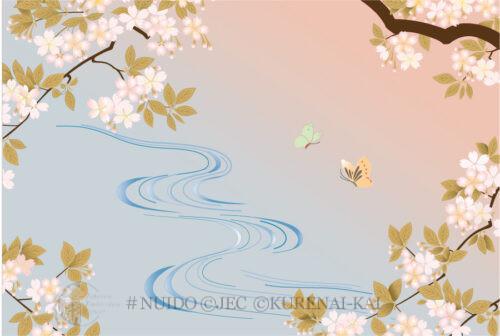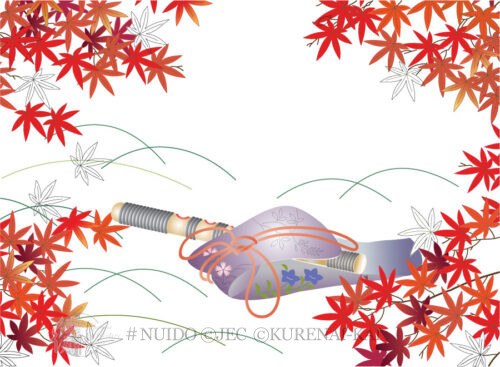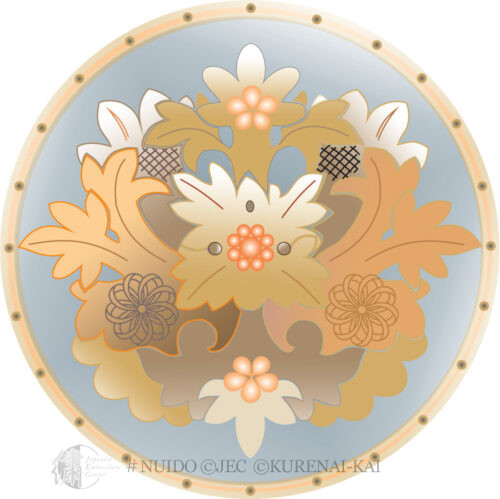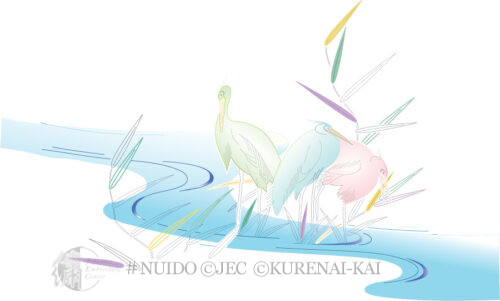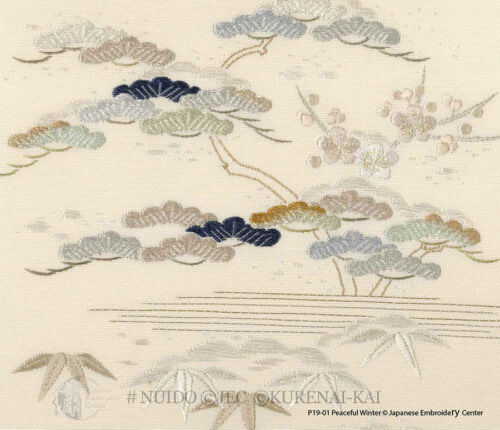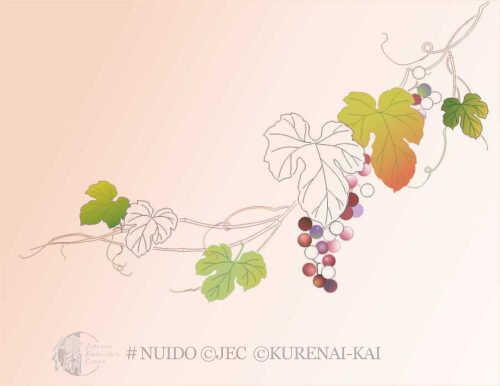Japan, an island country, is long and narrow from north to south. It has a full range of gorgeous seasonal changes and the greatest number of cherry tree varieties in the world. In spring, weather reports on TV and radio focus on where and when the cherry flowers will bloom.
-
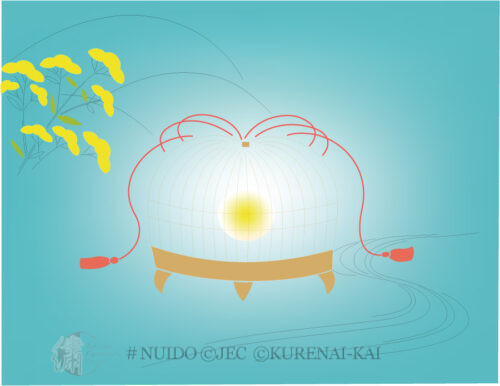
In Japan, there is a custom to “listen to insects. It makes us feel cool by listening to the insects singing while awaiting the arrival of the autumn season.
People continue to make traditional insect baskets using bamboo in traditional style. Children catching insects and storing them in a cage is a typical summer scene in Japan.
-
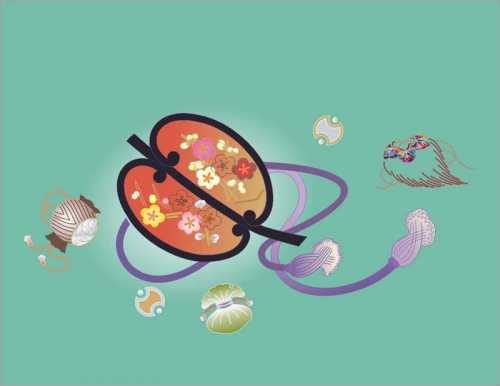
Gunbai, or “war fan” was a device used by samurai commanders to direct troops during battle maneuvers, and also a symbol of rank.
Nowadays, the gunbai is quite familiar to fans of Sumo wrestling as the referee’s device for conducting matches.
For this reason, the gunbai motif is used for boys’ kimono, demonstrating the wish that the wearer will be a leader, full of intelligence and determination.
Also, this motif is used for ladies’ kimono and obi to wish for guidance during the ordeals and turning points of life.
May the wearers be successful and achieve their aspirations.
-
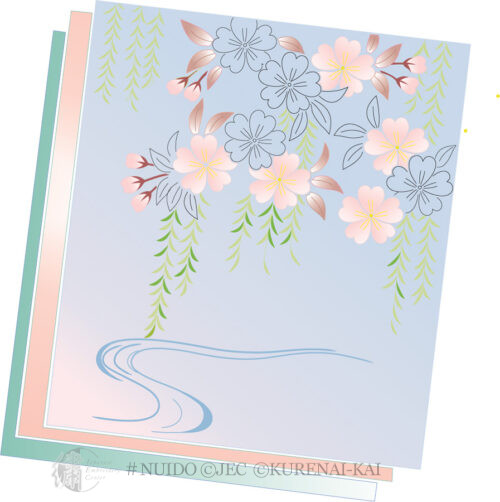
Weeping cherry tree branches hang down like those of willows. Many pink, red, and white flowers bloom on each hanging branch. Also, the flowers hanging on the thin branches look as if they are hung on threads. It is called “Weeping thread cherry”. Some of these trees attain an excellent age of over 1000 years.
-
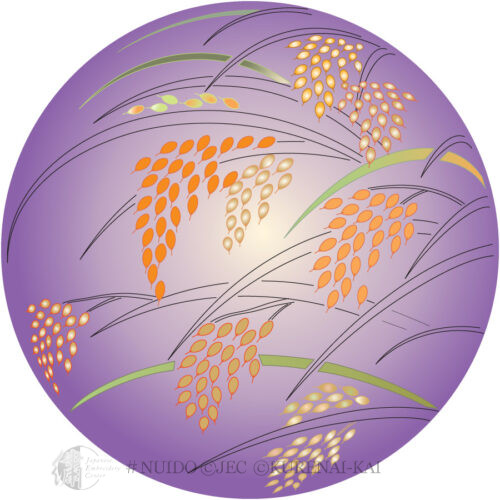
Ears of rice turn golden when the husks of the rice plants have accumulated enough nutrients. About 40-45 days after the ears appear, the now golden ears of rice are hanging down, and it is time to harvest the rice.
The ears of rice that bend low, as if from recognition of its cultivation owed to nature’s blessings, represent an appreciation of blessings.
